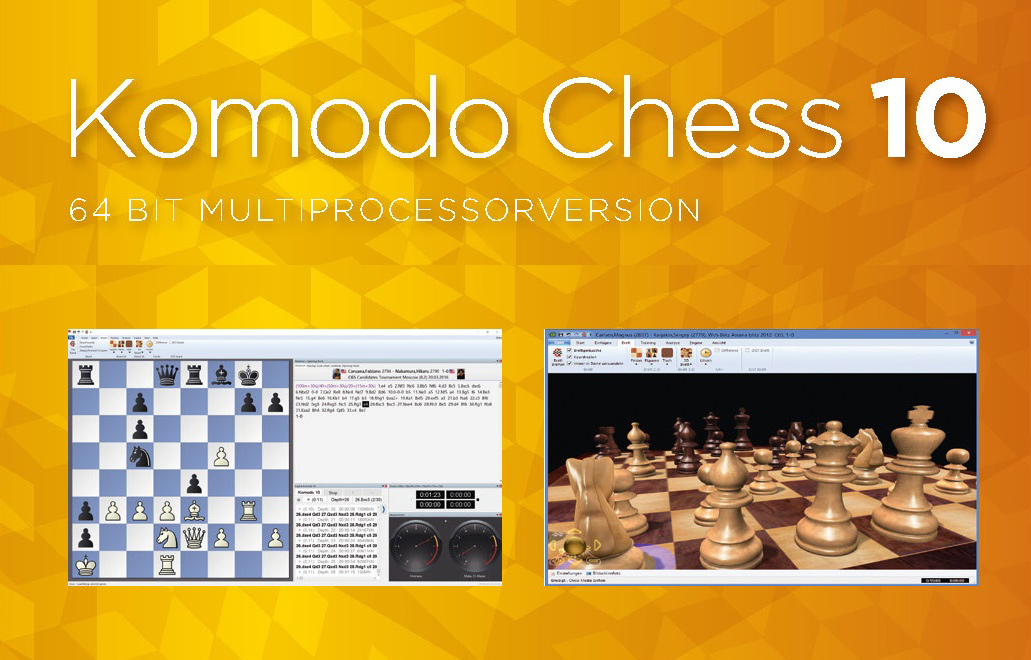Algorithm For Chess Program Reviews

With the question of man vs. Machine long-ago settled over the chessboard, the field of computer chess is now a collaboration between some of the most dedicated chess teachers in the world (the developers), and the best students in the history of chess: the engines themselves. Gobbling up every bit of. A couple of things on top of what @tim already covered. Use Random.nextInt instead of Math.random. Instead of this: position = (int)((multiple.size() - 1) * Math.random() + 1). You can write much simpler like this: position = 1 + random.nextInt(multiple.size() - 1). Where random is an instance of Random.

It's a good start. Now comes reality. The moves you missed are castling, en passant, and promoting a pawn. Also, you can't move a piece out of the way that is pinned to your king (in some cases, you can move it as long as it continues to block the check). If the king is already in check, the only legal moves are ones that removes the check (block, capture the checking piece, run away). If double check, then both checks must be resolved (which means the king has to run away, possibly capturing one of the checking pieces, if possible). Kd Max Crack Keygen Websites Paypal Hack Money Adder. there.
I also agree with JosephP's idea of a MoveType class, although your offsets arrays may be enough (with an added flag for one time move, move until blocked, move if capture, move if no capture, move if en passant, etc.). Let the base Piece class do most of the moves and let the individual pieces just tell the base class what directions the piece can move. I'd let the board do the validity testing for the king being in danger, as well as remembering what square (if any) en passant is possible for. Castling involves checking various squares for opponents checks and emptyness, as well as the rook and king remembering if they have moved before (which can also be used for a pawn moving two squares). There is some standard algorithm to optimize moves in games called. You should also look more specifically on the web for chess related versions of this algorithm.
There are books on the subject and I'm sure there are many blogs, tutorials, online classes, etc. Basically, you generate all your possible moves and you don't care if the piece you move gets taken or not.
The next step is to generate all possible moves for your opponent, for each configuration you generated previously. Rapidshare Nightstud 2 V1 0bama there. If you move your king and your opponent can take it, you'll see it at that second step. MinMax is more complicated than that: you have to estimate some score for every move in order to find your best (Max) move, and, inversely, find your opponent's best move (Min). And you'll generally do more than one iteration my_move/your_move (depth), but not too much because the complexity increases exponentially with depth.